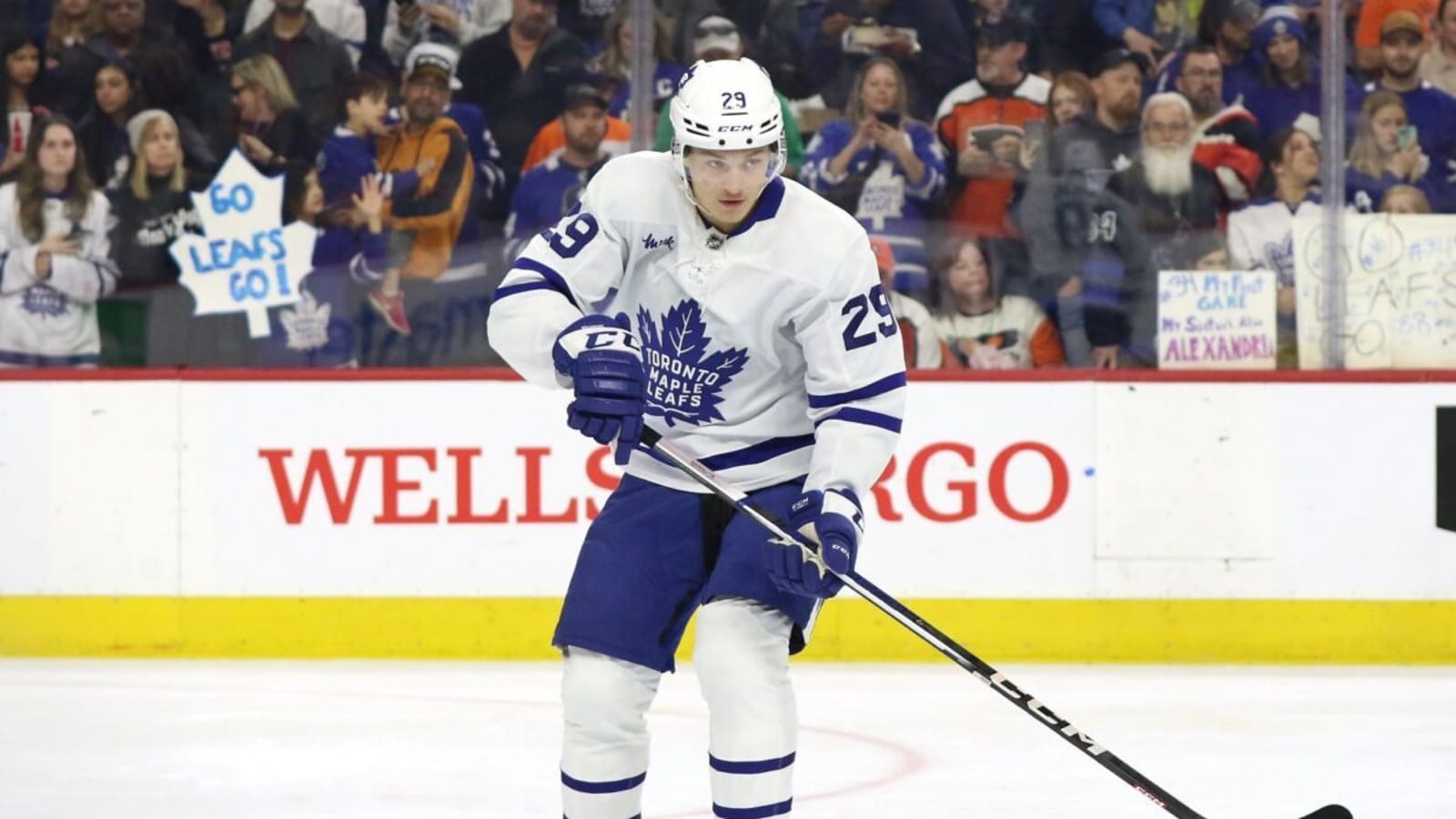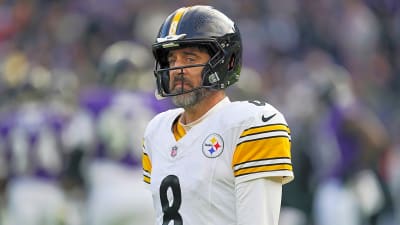
In a summer full of flashier moves and all-too-familiar roster shuffling, one decision by the Toronto Maple Leafs slid under the radar—but maybe shouldn’t have. Pontus Holmberg, a sixth-round pick back in 2018, worked his way up through the Maple Leafs’ system, earned a spot in the lineup, and played honest, dependable hockey.
He didn’t light up the scoresheet, but he did enough of the little things right to make you notice, especially in tight games. So when the Maple Leafs let him walk in free agency this offseason, some fans were left asking the same thing: Why? Holmberg wasn’t a star, but he was steady. And with the salary cap still squeezing every team, especially Toronto, letting go of an affordable, homegrown forward in his mid-20s felt… off. When he signed with the Tampa Bay Lightning—of all teams—the conversation started.
What Holmberg Brought to the Maple Leafs
Let’s not overhype him. Holmberg primarily played in the bottom six, averaging about 12 minutes per night, and finished last season with 19 points in 68 games. But there’s context to those numbers.
He killed penalties, played smart in his zone, and could switch between centre and wing without missing a beat. Coaches trusted him. Teammates respected him. And in a lineup that’s often been top-heavy and short on bottom-six identity, that kind of role player matters.
Holmberg wasn’t flashy, but he fit. He showed up, played the system, and improved every season. All that makes his departure harder to comprehend.
For Toronto, Cap Pressures, Arbitration, and the Business Side
Here’s what we know: Holmberg was a restricted free agent with arbitration rights, and general manager Brad Treliving chose not to tender a qualifying offer. That made Holmberg an unrestricted free agent (UFA), free to sign with any team. According to Treliving, it came down to dollars and risk: “We weren’t able to, between us and Pontus’s side, find a number that we felt fit for us,” he said.

In plain terms, the Maple Leafs didn’t want to go to arbitration and risk paying more than they were comfortable with. But Holmberg wasn’t asking for a massive raise. The deal he signed with Tampa? Two years at $1.55 million per season—manageable for most teams, especially one always hunting for low-cost value.
Holmberg later said leaving Toronto “wasn’t my first choice.” That hits differently.
A Rival Steps In to Pick Up Holmberg on the Cheap
What makes this sting a little more is where he ended up. Tampa Bay doesn’t usually throw darts in the dark. They’ve built a culture around smart, efficient depth moves. They see Holmberg as someone who can contribute now, play key minutes, and give them flexibility down the middle or on the wing.
They weren’t alone. Reports say the Colorado Avalanche also showed serious interest, a sign Holmberg’s reputation around the league is stronger than some might think. That only adds to the frustration for Maple Leafs fans. Even if he doesn’t become a 40-point player, there’s every chance Holmberg turns into the kind of playoff difference-maker Toronto always seems to be missing.
Are the Maple Leafs Engaged in a Pattern That’s Hard to Ignore?
This isn’t an isolated case. Over the years, Toronto has let several under-the-radar players walk—guys who didn’t make headlines at the time but later thrived elsewhere. Think Mason Marchment. Think Trevor Moore.

Salary cap management is always a balancing act. You can’t keep everyone, and some gambles are unavoidable. However, a pattern is emerging: young players developed within the organization often leave just as they’re about to hit their stride, and often for relatively little cost.
Time will tell how Tampa benefits from this signing.
A Final Thought About How the Maple Leafs Do Business
Was letting Holmberg go the end of the world? No. Was it necessary? That’s less clear. He was cheap, improving, and wanted to stay. Now he’s with a rival that knows how to squeeze every ounce of value from players like him.
If Holmberg turns into a key depth piece on another Lightning playoff run, the Maple Leafs should have some explaining to do. This move probably won’t define the season, but it might matter more than people think.
And if it comes back to haunt them in a tight game or a playoff series against Tampa Bay? That would be too bad. Still, for Maple Leafs fans, it’s a movie they have seen before.
[Note: I’d like to thank Brent Bradford (PhD) for his help co-authoring this post. His profile can be found at www.linkedin.com/in/brent-bradford-phd-3a10022a9]
More must-reads:
- Buffalo Sabres' GM change isn't about rebuilding
- Dylan Raiola and other big-name QBs to know in the transfer portal
- The 'Last 10-TD season by NFL team' quiz
Breaking News
Trending News
Customize Your Newsletter
 +
+
Get the latest news and rumors, customized to your favorite sports and teams. Emailed daily. Always free!








